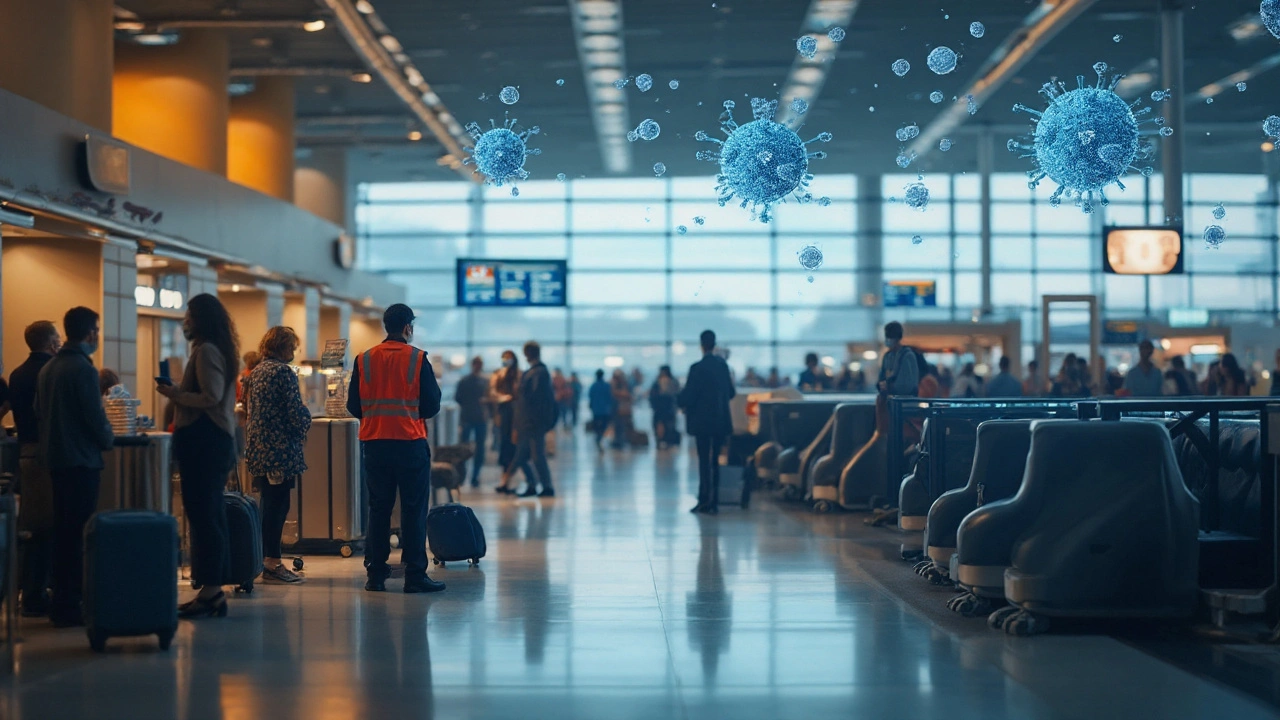
How Travel Fuels the Spread of Reemerging Influenza
Explore how modern travel accelerates reemerging influenza, the science behind virus spread, real‑world cases, and strategies to curb future outbreaks.
Ever wondered how health officials catch a flu wave before it hits your neighborhood? That’s viral surveillance in action. It’s the nonstop process of tracking virus activity so we can act fast, save lives, and keep health costs down.
At its core, viral surveillance means gathering data about who’s getting sick, where cases appear, and what strains are circulating. The information comes from labs, hospitals, doctors, and even wastewater plants. Every positive test adds a piece to the puzzle, letting experts spot patterns that would be invisible otherwise.
First, doctors and labs report confirmed cases to local health departments. Those reports feed into state and national databases like the CDC’s FluView or WHO’s FluNet. Next, researchers pull data from social media trends, search engine queries, and school absenteeism records. This “digital” surveillance catches spikes that traditional reporting might miss.
Wastewater testing is a newer, powerful tool. By measuring viral fragments in sewage, scientists can estimate community infection levels without testing each person. It’s cheap, anonymous, and works for many viruses—think COVID‑19, norovirus, and even emerging threats.
When surveillance shows a surge, public health agencies issue alerts, recommend vaccines, or advise mask use. You can stay ahead by checking local health department websites, signing up for email alerts, or simply listening to trusted news sources. If you’re at higher risk, consider getting a flu shot early or using antiviral meds when advised.
Knowing the dominant strain also matters for treatment. For example, doctors choose different antivirals for a flu A (H3N2) outbreak versus a flu B virus. That choice can mean a faster recovery and fewer complications.
Finally, community participation boosts the system. If you get tested, follow reporting guidelines, and share your results with your doctor, you’re helping the whole network stay accurate.
Viral surveillance isn’t just for scientists—it’s a public‑health safety net we all rely on. By understanding how it works and staying informed, you can make smarter health choices and help keep outbreaks in check.

Explore how modern travel accelerates reemerging influenza, the science behind virus spread, real‑world cases, and strategies to curb future outbreaks.